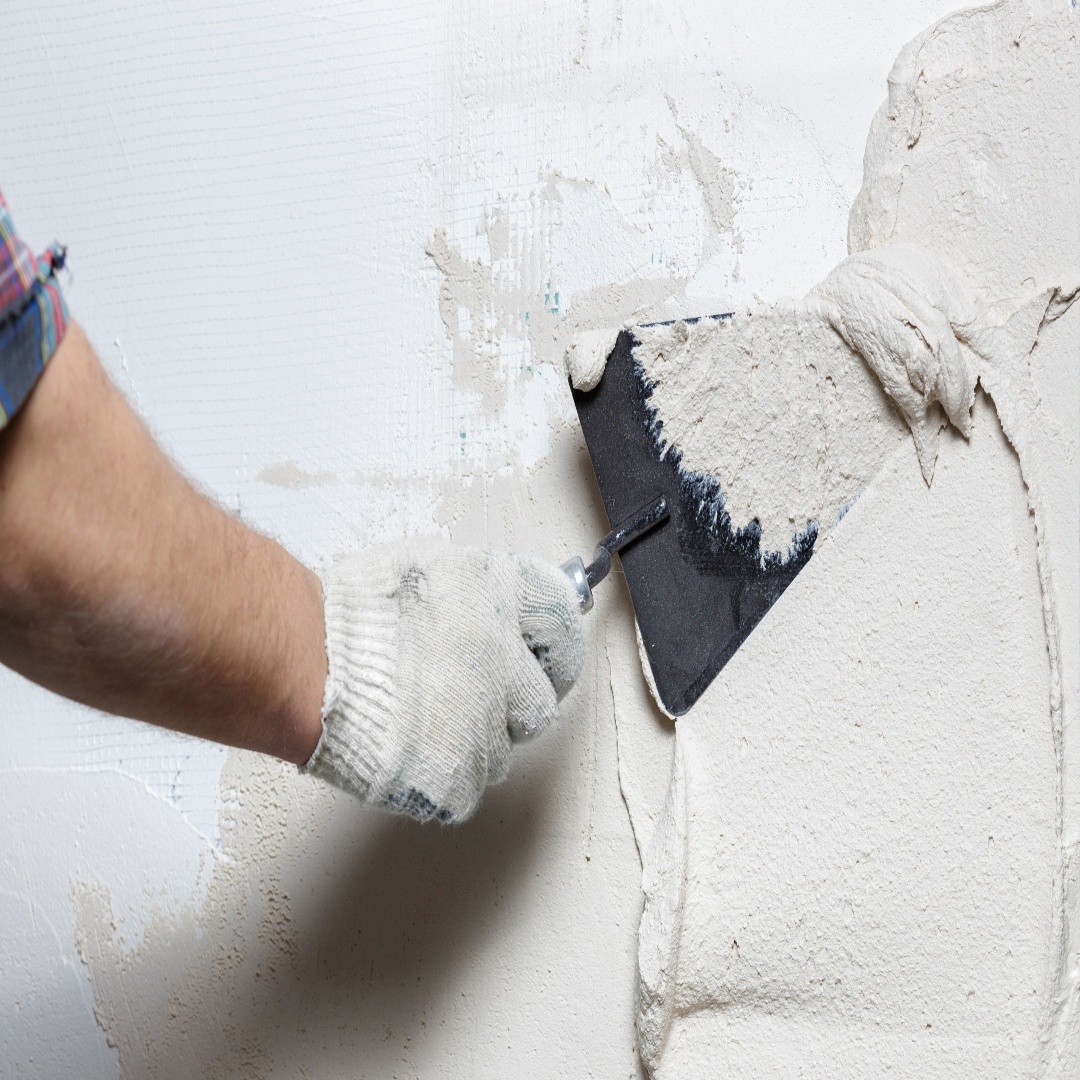
Freshly plastered walls and plasterboard have a nice clean finish but as we all know they are in need of a fresh lick of paint! But before starting the job it’s important to to follow the right steps to ensure the paint adheres properly and the final result looks flawless. Whether you're a DIY enthusiast or a professional builder, knowing how to paint freshly plastered plasterboard is crucial for a long-lasting finish.
Step 1: Prepare the Surface
Before applying any paint, it's essential to prepare the plastered surface. Fresh plaster can be quite porous and needs to be sealed to avoid uneven absorption of paint. This is where Arc PVA Bond 1L comes in.
Arc PVA Bond is a versatile primer and bonding agent that helps seal and stabilize plaster surfaces. By applying it to freshly plastered plasterboard, you create a smoother, more even surface for your top coat, improving the adhesion of the paint. Fleetwood do have some good alternatives to PVA bond which are also available to buy online or in our stores.
Why Use Arc PVA Bond?
- Improves Paint Adhesion: It acts as a bonding agent between the plaster and the paint, ensuring the paint stays in place.
- Seals Porous Surfaces: Fresh plaster can absorb paint unevenly, but Arc PVA Bond helps create a uniform surface.
- Prevents Mould Growth: By sealing the surface, it helps reduce the risk of moisture seeping in and causing mould or mildew.
- Cost-Effective: It offers great value for money while providing superior results.
Step 2: Apply the Arc PVA Bond
To apply Arc PVA Bond, dilute it with water in a 1:4 ratio (1 part PVA to 4 parts water) and apply a generous coat to the plastered plasterboard using a brush or roller. Be sure to cover the entire surface, including corners and edges. Let the PVA dry completely, which usually takes about 4-6 hours, depending on the temperature and humidity.
Tip: If you're working with very absorbent plaster, a second coat of Arc PVA Bond may be necessary to ensure a fully sealed surface.
Step 3: Should You Use an Undercoat?
After the Arc PVA Bond has dried, you might be wondering if you should apply an undercoat before your topcoat of paint. The answer is yes, especially if you're painting with a lighter colour or if the surface is a bit uneven.
An undercoat helps:
- Enhance the Colour: It creates a uniform base, which can help your final paint colour appear richer and more vibrant.
- Prevent Staining: It acts as a barrier to prevent any imperfections in the plaster from showing through the paint.
- Provide Better Coverage: It can reduce the number of top coats required, saving time and effort.
Choose a good-quality undercoat suitable for your paint type (e.g., emulsion or acrylic) and apply it with a roller or brush. Let it dry thoroughly before applying the final coat of paint.
Step 4: Choose the Right Tools
To achieve a professional-looking finish, it's important to use the right tools. Here's a list of what you'll need:
- Brushes: A good quality, medium-sized brush is perfect for cutting in along edges and corners. A smaller brush works well for delicate areas.
- Rollers: A roller with a medium nap (about 12-18mm) is ideal for larger surfaces. It will ensure an even coat of paint, especially on newly plastered plasterboard.
- Paint Tray: Ensure you have a clean paint tray to load your roller, which helps avoid drips and ensures even application.
- Step Ladder or Extension Pole: If you're working on higher walls, a step ladder or an extension pole for your roller will save time and ensure you reach every corner.
Step 5: Apply the Top Coat
Once your undercoat is dry, it’s time to apply the final coat of paint. For freshly plastered walls and plasterboard, a matte or satin finish is usually ideal, as it hides imperfections better than high-gloss paint. Apply the paint using the same technique you used for the undercoat, working in long, even strokes.
Allow the first coat to dry completely before deciding if you need a second coat. In most cases, one or two coats should be sufficient for a smooth, professional finish.
Final Tips for a Flawless Finish
- Ventilation: Ensure the room is well-ventilated while painting and while the paint dries.
- Avoid Rush: Take your time when applying each coat. Allow adequate drying time between each layer to avoid peeling or bubbling.
- Protect Your Furniture: Cover furniture and floors with drop cloths or plastic sheeting to protect from splatters.
By following these steps, you can ensure that your freshly plastered plasterboard is beautifully painted, creating a smooth, professional finish that will last for years to come. With the right preparation, undercoat, and quality products like Arc PVA Bond, you’ll be well on your way to achieving a perfect painted surface.
At Chadwicks Builders Providers, we stock a wide range of professional products to help you with all your painting and decorating needs. Visit your local store or shop online to find Arc PVA Bond and other essentials to get your next project off to the right start!



